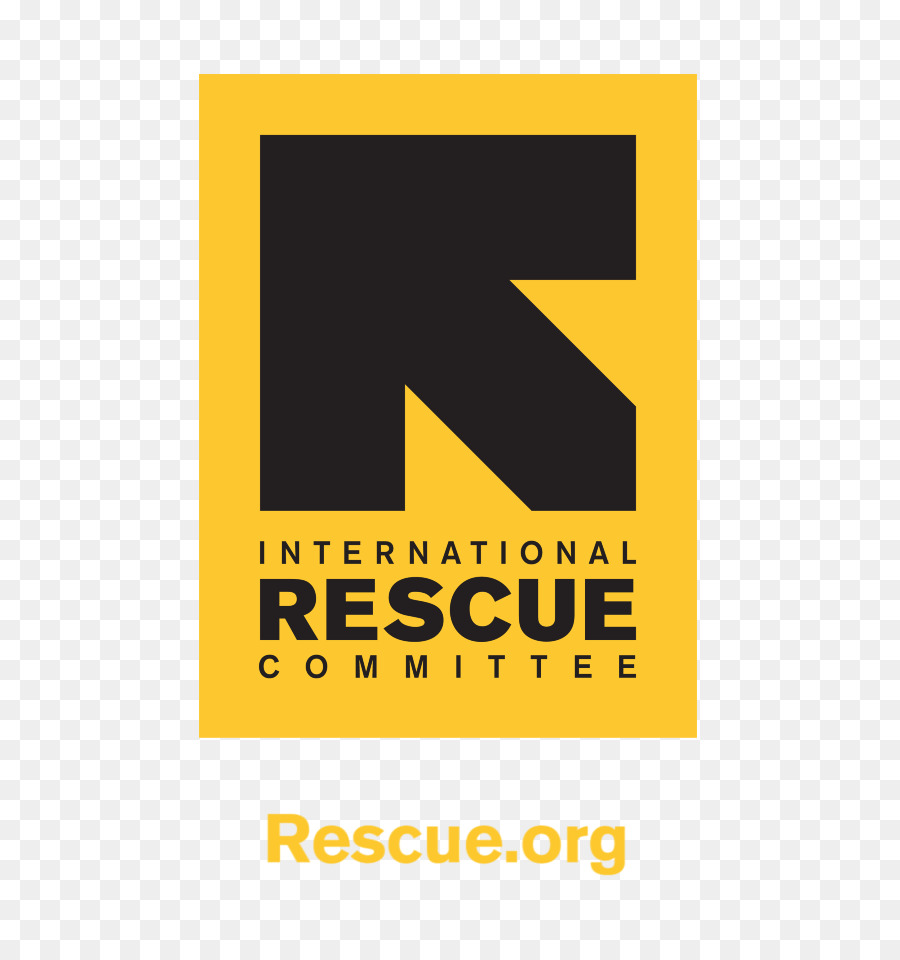Report on Access to Safe Drinking Water

Why it’s important
An estimated 90% of the world’s population uses at least basic drinking water services, according to the World Health Organization (WHO) and UNICEF. If current trends continue, that number will climb to 94% by 2030. However, many millions of people remain without access to basic drinking water services.
Terms to know
Access to safe drinking water is determined by the type and the location of water sources used for drinking, as well the quality and availability of those sources.
The service level terms and definitions in the table below include how drinking water services are defined by the Joint Monitoring Programme, a collaboration between WHO and UNICEF.
Note: Improved drinking water sources are those, which by nature of their design and construction, have the potential to deliver safe water, and include:
- Piped household water connection
- Public standpipe
- Borehole or tubewell
- Protected dug well
- Protected spring
- Rainwater collection
- Packaged or delivered water
- Water distributer (tanker-truck or cart with small tank/drum)
- Water kiosks
- Bottled water
- Sachet water
Unimproved drinking water sources are those, which by nature of their design and construction, are unlikely to deliver safe water, and include:
- Unprotected dug well
- Unprotected spring
- Surface water (river, dam, lake, pond, stream, canal, irrigation channel)
SDGs, Targets, and Indicators
| SDGs | Targets | Indicators |
|---|---|---|
| SDG 6: Clean Water and Sanitation | Target 6.1: By 2030, achieve universal and equitable access to safe and affordable drinking water for all | Indicator 6.1.1: Proportion of population using safely managed drinking water services |
| SDG 6: Clean Water and Sanitation | Target 6.2: By 2030, achieve access to adequate and equitable sanitation and hygiene for all and end open defecation, paying special attention to the needs of women and girls and those in vulnerable situations | Indicator 6.2.1: Proportion of population using safely managed sanitation services, including a handwashing facility with soap and water |
1. Which SDGs are addressed or connected to the issues highlighted in the article?
SDG 6: Clean Water and Sanitation
The article discusses the importance of access to safe drinking water and mentions that a significant percentage of the world’s population still lacks access to basic drinking water services. This aligns with SDG 6, which aims to ensure availability and sustainable management of water and sanitation for all.
2. What specific targets under those SDGs can be identified based on the article’s content?
Target 6.1: By 2030, achieve universal and equitable access to safe and affordable drinking water for all
The article highlights the current and projected percentage of the world’s population using basic drinking water services. This target aims to ensure that everyone has access to safe and affordable drinking water.
Target 6.2: By 2030, achieve access to adequate and equitable sanitation and hygiene for all and end open defecation, paying special attention to the needs of women and girls and those in vulnerable situations
While the article primarily focuses on drinking water, it indirectly emphasizes the importance of sanitation and hygiene in ensuring safe water sources. This target aims to ensure access to sanitation and hygiene facilities for all.
3. Are there any indicators mentioned or implied in the article that can be used to measure progress towards the identified targets?
Indicator 6.1.1: Proportion of population using safely managed drinking water services
The article mentions the percentage of the world’s population using basic drinking water services. This indicator can be used to measure progress towards achieving universal access to safe drinking water.
Indicator 6.2.1: Proportion of population using safely managed sanitation services, including a handwashing facility with soap and water
Although not explicitly mentioned in the article, the importance of sanitation and hygiene in ensuring safe water sources implies the need for measuring progress in this area. Indicator 6.2.1 can be used to track access to safely managed sanitation services and handwashing facilities.
Source: cdc.gov







